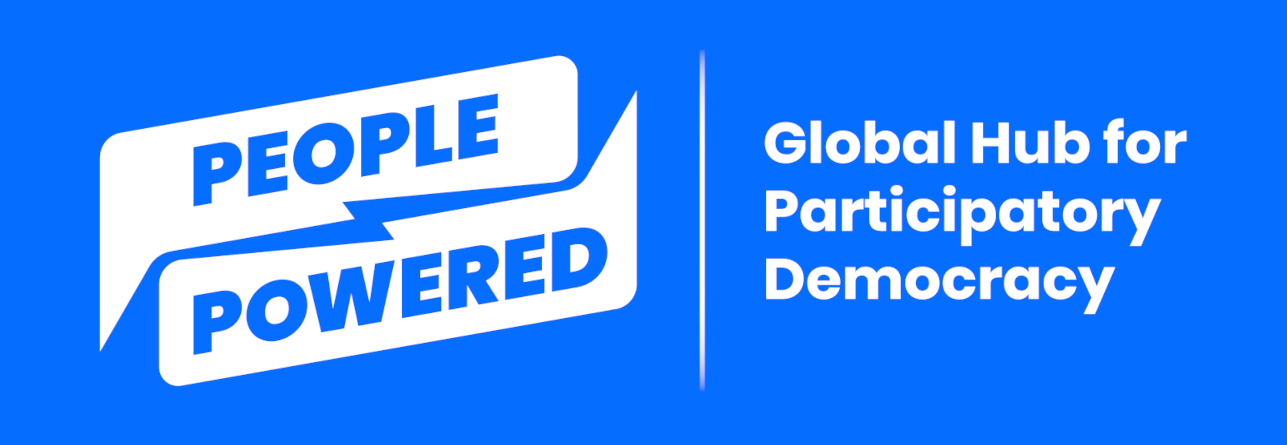Determine the total cost
/Determine the total cost
There are three primary expenses to take into account when choosing a digital participation platform: the platform itself, staff time, and the specific participation program.
Platform
The most obvious cost is the software itself. Digital participation platforms have a wide range of prices. Some are free, whereas others cost thousands of U.S. dollars per month. We've included specific pricing information in the comparison matrix whenever possible.
Unfortunately, developers aren't always transparent about the costs of using their platform. They would rather start a conversation to determine your budget instead of posting prices on their websites.
Staff time
Some governments and institutions have staff with strong tech skills, but no discretionary budget to pay for a platform. In such cases, much of the platform can be configured internally. On the other hand, the salaries and benefits for these team members could end up costing significantly more than even the most expensive software subscriptions.
Team roles
Your team is a vital factor in the success of your digital participation program. We recommend you build a team that includes the following functions:
Coordinator, to oversee the project and handle intra- and interdepartmental communication.
Project manager, to oversee platform planning, design, and implementation, as well as to track project goals and strategies.
Participant point person, to field inquiries from participants and ensure they are appropriately received and addressed.
Institutional point person, to connect participant suggestions to the appropriate teams and departments, then summarize results and report back.
Software developer(s) or website manager(s), to build or implement the digital participation platform, as well as to complete technical updates as needed.
Communications manager, to conduct outreach and marketing to drive engagement and reach new groups of people.
You will also benefit from at least occasional access to:
A lawyer who knows your institution's contracting rules, has related tech experience, and understands all of the necessary fine print.
A social worker, sociologist, or similar individual who knows the communities you're trying to reach. He or she should come from the targeted community and be trusted by the residents.
An administrative liaison who understands project costs and institutional budget processes.
A data scientist or statistician who can help parse engagement data for insights. Some platforms will aggregate data for visual reports, but whether that will be sufficient will depend on your needs.
The number of people in each role will vary depending on the size of your institution. A small organization might have one person running digital programs as well as coordinating communications, for example, while a large institution will likely be able to assign one person (or more) for each function.
Common scenarios
To help you decide on a platform, let's take a look at some common scenarios based on the resources you have for the project.
One-person team, with minimal budget for a platform
If this is your situation, you'll most likely want to choose one of the hosted Software as a Service (SaaS) platforms. Hosting a digital platform yourself can be risky. You have to perform your own server configurations and backups. And one person we spoke with reported that her organization had relied on a volunteer to host the platform on its behalf, then lost access to it when he became too busy and stopped responding.
In contrast, SaaS platforms take care of web hosting. Outsourcing platform hosting and management to a specialized team will allow you to get up and running quickly. You can choose one of the more affordable SaaS options from our comparison matrix. However, be sure to first make sure this is allowed by your institution. Many governments, etc. still rely on their own servers, and may have rules governing if it is permissible to go outside.
If you have limited staff capacity, it makes sense to start with a single participation process, like an open call for ideas. Then, if the process goes well, you can expand to more avenues of participation.
Small team (five or fewer full-time staff members) with a small budget for a platform (up to $1,000 per month)
If your team is mostly non-technical, it’s wise to choose an SaaS platform for which software development has mostly been done for you. This will allow your team to focus on running the participation programs. Many platforms offer scalable pricing tiers with corresponding sets of features. However, be certain you will actually use added features before spending more on premium service tiers.
Mid-size to large team (at least 10 staff members) with a moderate budget for a platform (up to $3,000 per month)
With a decent-sized team and budget, you have more options. You can choose an SaaS platform and focus your staff's time on the program side (like outreach, moderation, and internal communications). That can help ensure your energy is focused on driving participant participation, rather than on writing and testing code.
For example, platforms like Decidim are modular. This means your team can choose to use only the features in which you're most interested (like participatory budgeting, for example). This way, you and your constituents aren't distracted by too many potential actions to take.
If your team includes people with strong web development skills, you might want to instead explore open source options. These platforms let you customize the technology to your local context and needs.
Strong budget and small team ($5,000 per month or more)
If you have a platform budget available but insufficient staff, the SaaS approach can fill the gap. For a small monthly fee, you can subscribe to an SaaS platform with accompanying web hosting, security, regular updates, and customer support. Platforms like Neighborland and CitizenLab are great examples of this arrangement. They offer a strong set of features and do most of the technical work for you.
Some companies offering engagement platforms will even perform non-technical work for an additional fee. For example, PlaceSpeak offers help setting up public surveys, writing reports, running social media promotion, and moderating community participation.
Strong tech team and no dedicated budget for a platform
In this case, we recommend choosing one of the most popular open source platforms, like CONSUL or Decidim, and setting it up yourselves. Open source platforms can be very difficult to set up and configure to your needs without a technical team that can dive into the code.
If you do have a strong tech team, you can modify one of the open source platforms to satisfy your needs and desires. On the other hand, no matter how expert your team (or how big your budget), you won't be able to adapt proprietary participation platforms. If your plans don't align, you're out of luck.
Next: Assure accessibility
Previous: Try it out first





